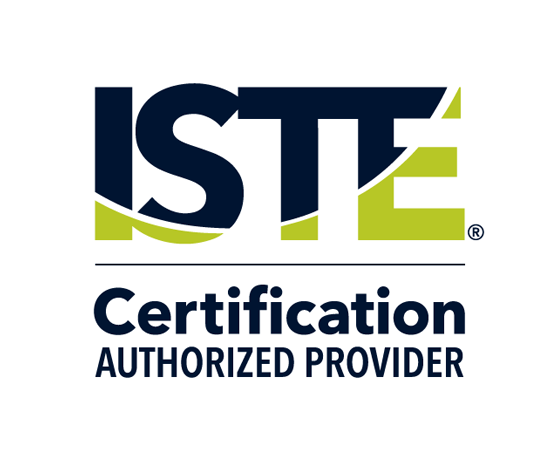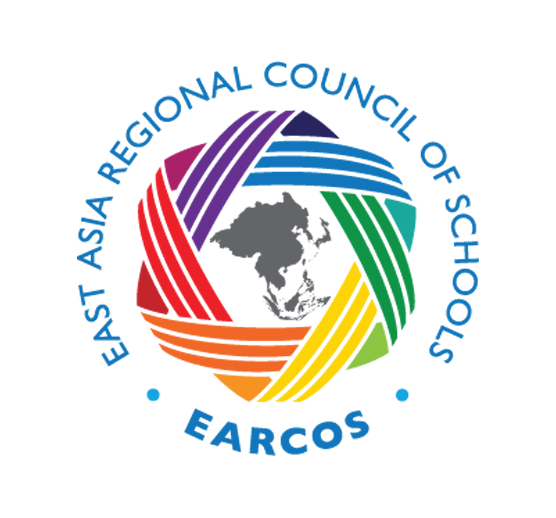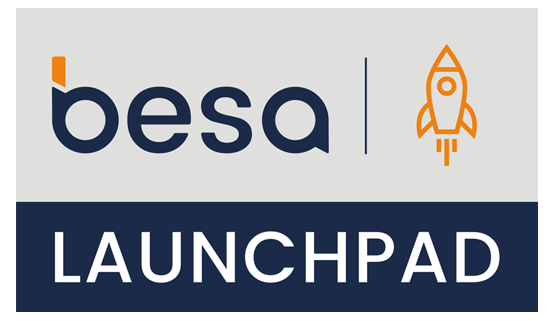
As a Google Certified Trainer, I get to visit schools and work with teachers to integrate G Suite for Education, Google’s set of collaborative cloud-based tools. I got into this line of work thanks to a Gmail account I set up in 2011 to get lesson feedback from my classes via a Google Form. These were my maths classes, having taught the subject from 2004 to 2017. My use of digital tools in maths came from wanting to move from the practice to the application more efficiently.
Understanding axes, as an example, is a fundamental but once mastered I certainly resented time lost as students had to draw them when we would investigate linear and quadratic equations. Digital tools allowed me to explore “what if…” and “how could we…” questions with my classes, building understanding as well as fluency.
Ultimately though, maths is a language of the universe and a written discipline isn’t it? My own opinion on this was turned in 2014 while attending an AppsEvents summit in Prague. After my own sessions, I attended a session by John McGowan, who was sharing his use of g(Math), an add-on for some Google tools that allowed you to more easily write maths into documents. His use of g(Math) was pretty embedded… as he was the guy that created it!
It wasn’t long before John and his innovative edTech joined the ranks of Texthelp, in order to lead the maths efforts of the company alongside its literacy and fluency tools. John’s 16 years of experience as a maths teacher would prove very handy indeed, as g(Math) began to evolve and flourish into EquatIO (which now has close to 2 million users around the world!).
The key to the development of this tool wasn’t just John’s technical insight and determination, but also the approach he took to instruction. Opening up maths to be problem-solving lends it to digital tools, and so, there began my own use of digital tools in the maths classroom.
Now, I am privileged to be able to share how G Suite can be used in your classroom, especially effective when you add in Texthelp’s set of accessibility tools which include Equatio for writing, speaking, drawing and predicting mathematics, its mathspace platform for developing investigations, assessment, and problem-solving, as well as Read&Write to provide accessibility to maths content and to subjects across the curriculum.
In this series of four short videos, I showcase some simple ways teachers can use Equatio (free for teachers) to add mathematics to their documents, slides, and forms. Then, we explore how digital tools can provide better accessibility for diverse learners to be more engaged with the subject and move the onus away from teachers to provide specific, accessible content. We explore Google Classroom, the mission control for teachers using G Suite and how you can integrate mathspace and other tools.







